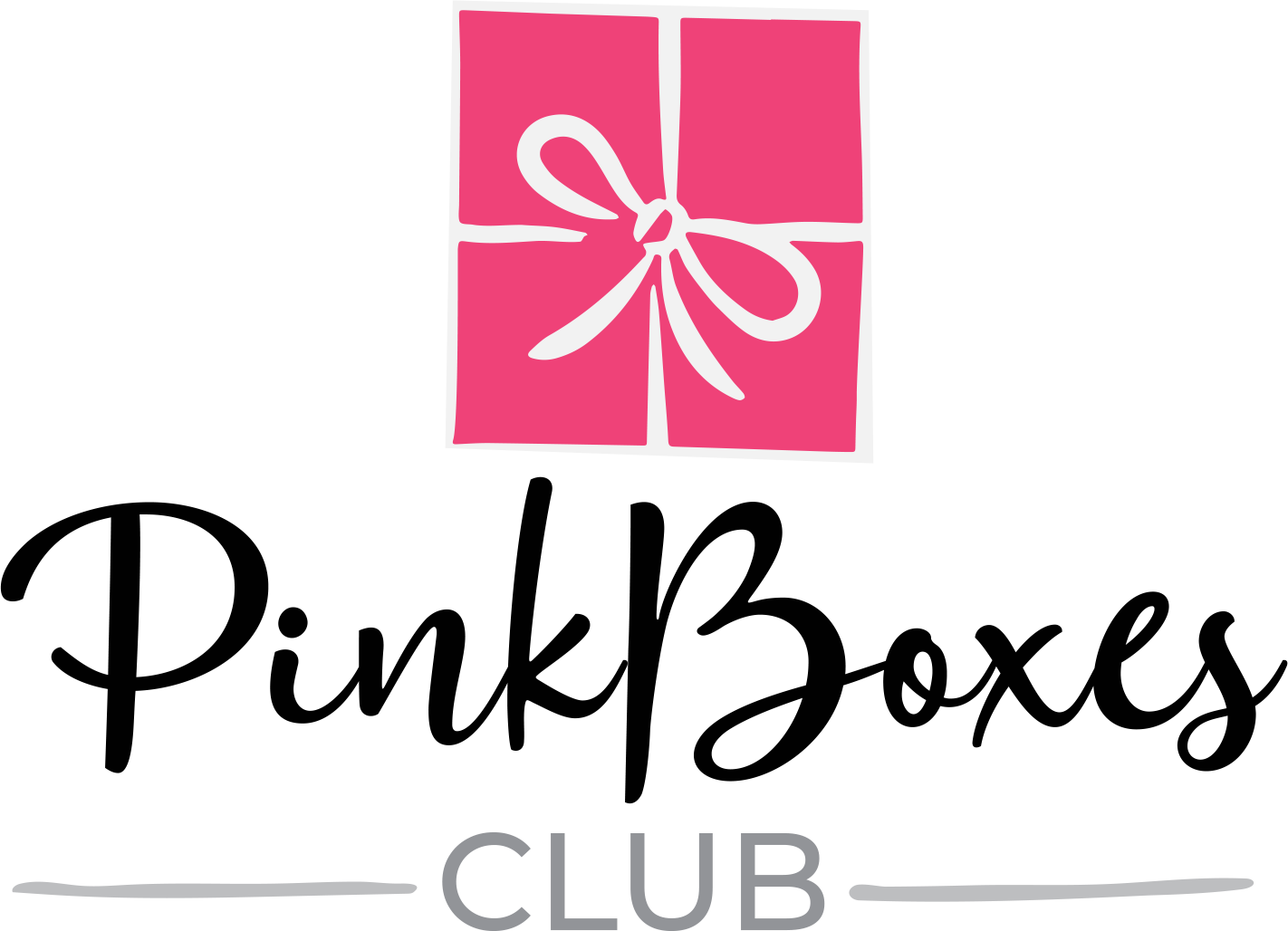What Does THAT Mean?

This is a long one, but worthwhile. This information will help you at home and at work. So, grab yourself a coffee and buckle up!
When grandma said, “it’s not what you say, but how you say it,” she was right AND WRONG. Yes, how you sound when you say it and how you look when you say it matter most, but what you actually say matters, too. The problem is that we live in a society that has taught us to act as if the subtle and unspoken elements of communication are not there. We’re supposed to only hear and respond to the words as if their only meanings are their sterile dictionary definitions. This isn’t what we do although we’re often expected to, especially in professional settings. In turn, we wind up responding with our own inappropriate behaviors and funky attitudes. What’s worse is how we get stuck when we’re dealing with somebody whose words don’t match their behavior (Don’t believe me? Try talking to someone who is clearly pissed with you, but they say they are “fine” when you ask what’s up).
Here’s why this happens, and it’s not entirely a bad thing. As human beings, we have a natural tendency to put things in categorical boxes, i.e., good, bad, safe, and unsafe. As a matter of fact, we put things in such boxes rather quickly because evolution taught us that it was necessary for survival. Our spidey senses are strong and are designed to detect subtle changes in interactions and to quickly decide if they are signs of lost safety. Essentially, we know when something is up.
Because of the work I do in my full-time life, I decided to try to stop quickly characterizing things and experiences as “good or bad”. My goal was to see things simply as what they are and what happened. This mental shift in how I see things has helped me to have fewer knee-jerk reactions. In short, reframing things as “simply what is”, instead of good or bad, has allowed me to actually think about what is going on, and I love it!
But here is what was also interesting: I had to acknowledge that it was real work to control that immediate categorization. Actually, I couldn’t control the immediate categorization, but I could reduce my behavioral response. Yes, I could make a point to pause before speaking. I could ask some clarifying questions. I could walk away from a situation. I could do all of these things, but I could not pretend like I was having no reaction at all. I also had to acknowledge that the people I was interacting with also knew something was up. Perhaps they couldn’t tell whether I’d put the situation in the good or bad box, but they knew I was having a reaction. Body language is quite telling, and the whole self-awareness exercise was amazing to study.
There was yet another snag: I quickly learned that this approach didn’t necessarily change how other people initially reacted to me when they put me in the good and bad box. However, I did notice that controlling myself, even when it was clear that I was bothered, reduced how much the overall situation escalated. It was hard (and continues to be, actually), but it is worth it because I spend less time feeling blameworthy about my behavior when I’m technically right about something. Finally, the real challenge came when I worked to control my behavior while not offering fake peace and being assertive about my needs and my perspective.
It’s just a function of human nature that we derive a great deal of information from what is NOT said. Check out the graph (the Mehrabian Formula). It depicts how we derive meaning from communication. Essentially, we determine what somebody is saying, whether it is threatening or safe communication, based first on the communicator’s body language and tone of voice and then their words. The words portion has two elements: the actual words and what they mean literally as well as the connotation, context, and commonly known “baggage” associated with the words. Baggage can result from the cultural use of such words and language or the specifics of your relationship with a person.
Here’s what makes this communication mix even more interesting: each person decodes what someone else’s messages mean based on their individual experiences and what is called a pool of shared meaning. Think of a “pool of shared meaning” as what most people would say a certain thing means or represents. For example, if an African American person finds a noose on his or her desk at work, it’s most likely to be taken as a sign of racism as well as a sign of aggression and potential violence. Yes, a noose can represent other things, but to a large segment of the African American community, it represents lynching and racism more than anything else. This is an example of a pool of shared meaning. This pool of shared meaning is the reason why you shouldn’t engage others as if what you say will only be interpreted literally.
This brings us to another challenge: people from different backgrounds and cultures typically have to work to build their pools of shared meaning AND IT USUALLY OCCURS BY WORKING THROUGH CONFLICT! Yup, while most people hate conflict, it is beneficial because it helps to get people on the same page. Indeed, conflict represents what happens when people recognize that they may be using the same words, but they mean different things.
Questions for you:
- Other than withdrawing and refusing to say anything, how have you learned to control yourself when you’re angry or involved in conflict?
- When you find yourself in conflict, are you more likely to fight (go toe-to-toe) or flee (look for ways to avoid the conflict)?
- When was the last time you realized you went into conflict mode when the real issue was a misunderstanding? How did you restore the relationship?





